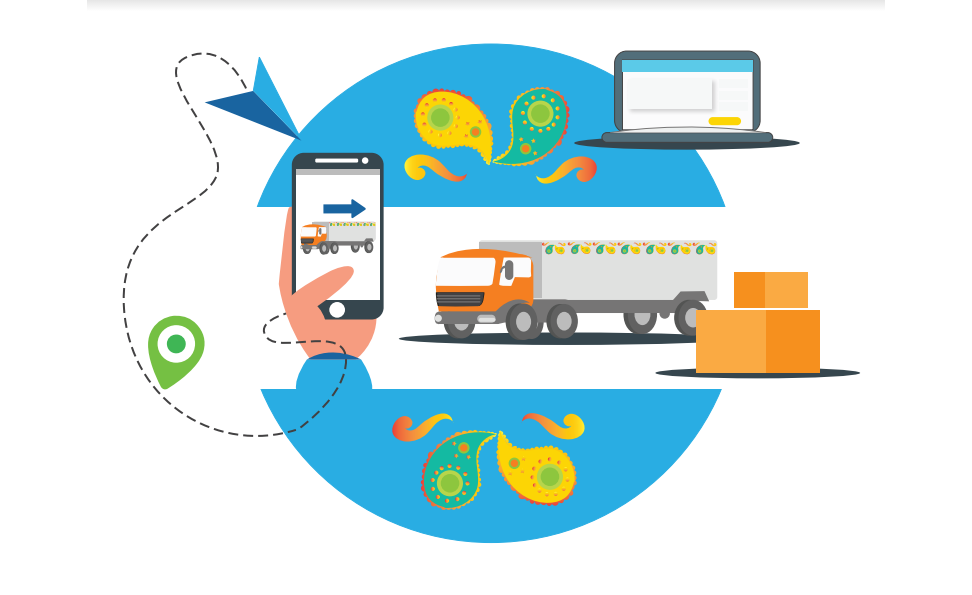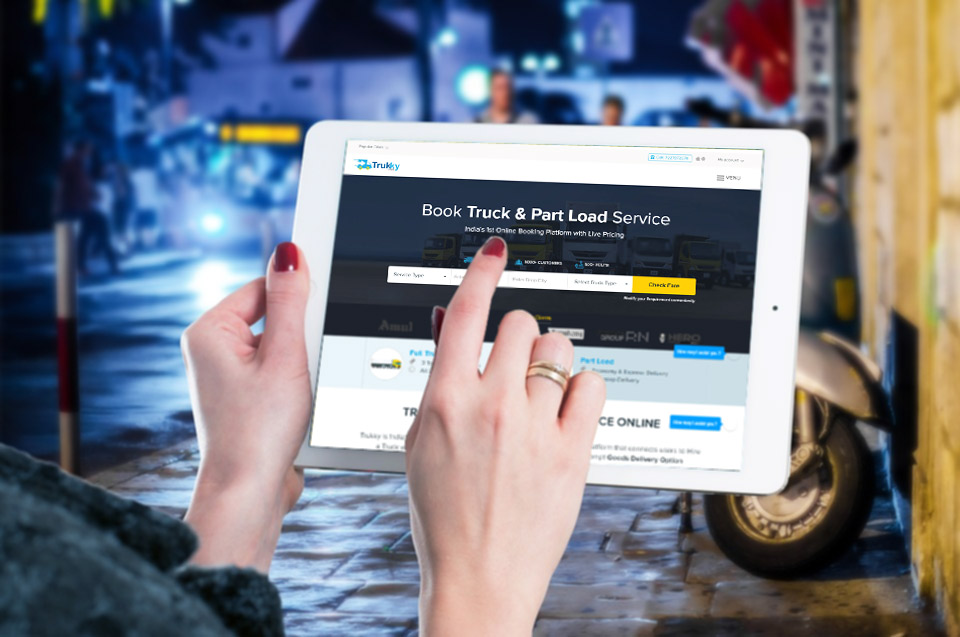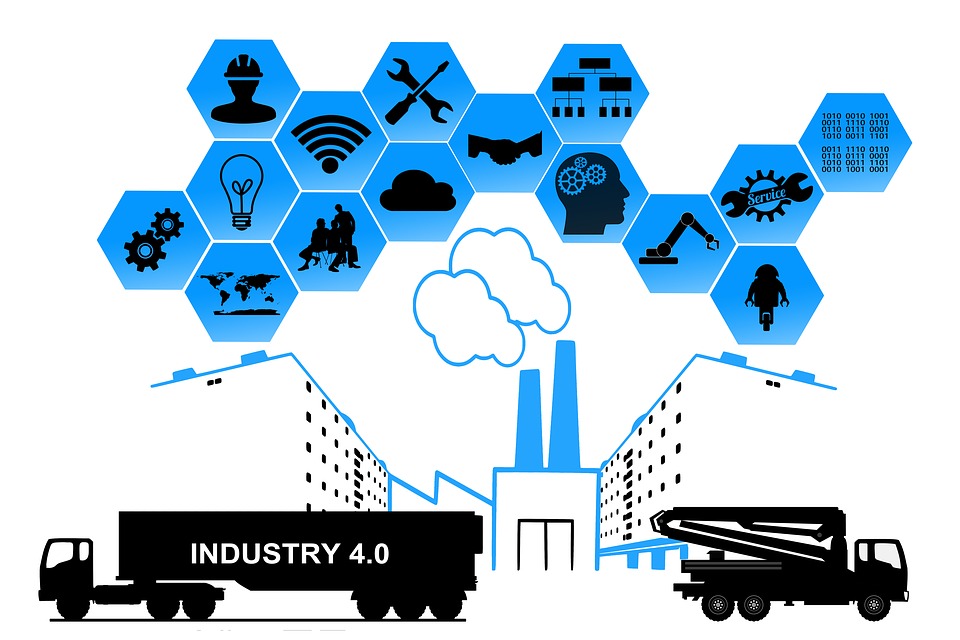The advent of Internet has helped us connect with people and content which otherwise would have been unable to be used or understood. Web 1.0 helped us gather huge amount of knowledge from varied sources while sitting in an unknown corner of the world.
As technology improved, we entered the time in history of Web 2.0, where we powered ourselves to choose and provide services to multiple clients and companies. It encouraged users to engage, work together and share information with each other. From sharing content and media online, Internet has now enabled people to share physical things like homes, vehicles, appliances, furniture, etc with each other.

Earlier, customers preferred taking service from big brands but with the availability of new and multiple options people have the chance to select the best. In all parts of our lives we are achieving that by taking an approach that is better for the world and the future. A sharing or group economy is a movement which is quickly growing and will play an important role in shaping our sale and purchase.
In a shared economy concept, you can borrow or rent assets owned by someone else. This kind of physical or human exchange is monetary-based. With this kind of exchange, transaction costs have reduced and sharing resources has become much easier and cheaper. The best real world examples can be automobiles and houses.
It is best for people who own expensive goods and do not make full use of them. One of the latest of these is a new truck delivery service. Trukky makes use of two set of people, one who are frequently moving goods across geographies and the other one who owns carriers carrying goods across geographies. It is this combination of characteristics that has made this new idea of service so interesting for its users.
The sharing (the process of people making, selling, and buying things) may take a variety of forms, including using information technology to provide people with information that enables the optimization of valuable supplies and services. A common reason for doing this is that when information about products is shared online the value of the products bought and sold may increase for the business, for people, for the community in general
In a world of shared business processes, digital money and customer satisfaction is driving logistics players to adapt to the change in the existing value stream. Consignors can hire a person to do the delivery who may be someone that is traveling as part of a regular commute or someone that is making a one off trip. There are hopes that the ability to hold or do something of all kinds of vehicles can be improved by doing this – such as cars, vans, and trucks.
For Trukky, the same volume of aggregated demand could be satisfied by optimized no. Of supply, this way improving the effectiveness of the fleet.
Pricing can be an important issue while remembering important delivery factors such as speed, distance of delivery, size of consignment, supply demand ratio & external factors like toll & diesel cost in case of road transportation. The way that this is done usually accomplished at a cheaper price for the sender than the use of traditional delivery means, and the cost is completely different to each delivery that is made.

For ex: Instant pricing played a great role in driving customer trust and conversion in case of ride-hailing companies and now have become a standard practice. This situation would increase resource utilization across the supply chain, creating value that both providers and customers could share. For example, a specialty carrier might be able to take advantage of a sharing (raised, flat supporting surface) to increase use of its reefer trucks. These trucks are usually sent out and used during the day for food distribution but could be used for other temperature-controlled shipments at night or carry dry cargo on return trips.
Load sharing can effectively help in increasing resource utilization and fleet mobilization, which in turn can further reduce the cost of transportation by 20-25%.
Having proved they can share valuable things to effectively deliver packages, parcel carriers could extend this idea a step further to offer added or more services to customers. One possibility is taking advantage to deliver packages directly from a distribution center or retail outlet to a customer’s door.
In this case, the crowd could bid on driving pre-serious and stubborn routes for delivery. Another possibility is taking advantage of the excess ability to hold something in the place where people buy things to take packages from destination hubs to destinations having low delivery concentrations. Here, demand could be forecast a day ahead and matched with availability in the marketplace.)



